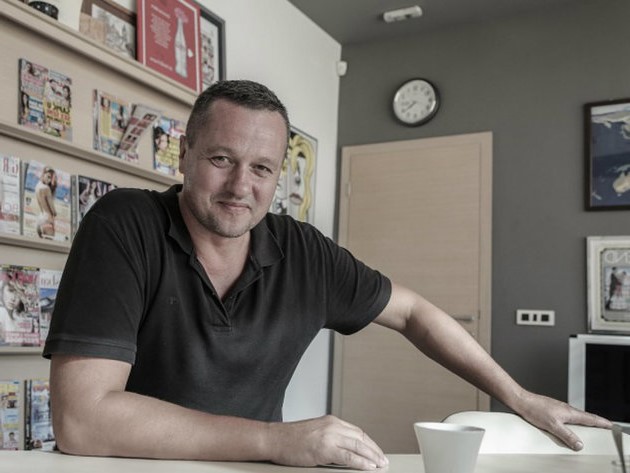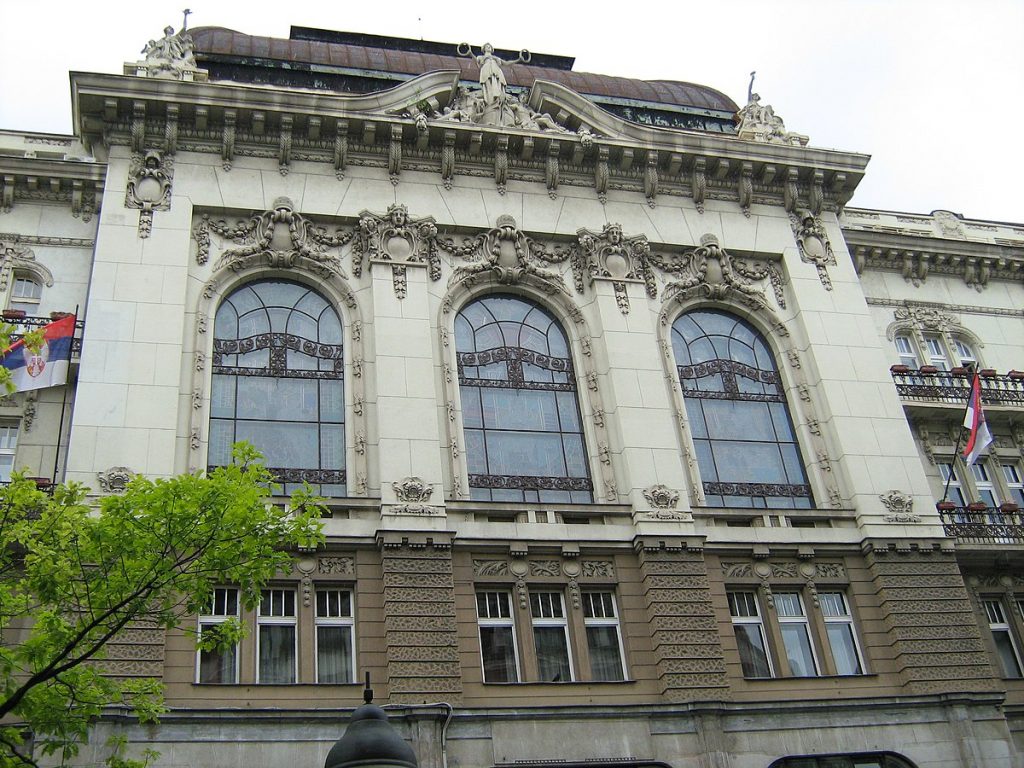Diplomacy&Commerce magazine, November 2021
A few days ago, in someone’s study office, I saw the book “Women as members of the SANU”. It immediately struck me that the term “female members” was not used in the title. I am not in favour of the unreasonable use of gender-sensitive language in every place, but here, in the part that should speak about our greatest scientists and artists, the deliberate omission of the word “female member” spoke louder than a mere linguistic form.

Recently, there was news that the Serbian Academy of Arts and Sciences (SANU) got 30 new members and that there were no women among them. The Academy currently has 160 members, of whom only 15 are women which is less than 10% of the total membership. It’s the 21st century!
Recently, academic Matija Bećković explained this disproportion in the SANU membership: “Why do you act so surprised that there are almost no women among academics, or why you are even looking for women in the SANU membership? If you haven’t noticed, there are no women in football clubs either. And why do you think tennis is divided into men’s and women’s? It simply turns out that men are more talented and capable of doing certain things. You cannot become an Academy member by pulling strings – there are certain criteria that you need to meet. The fact that today, more men meet these criteria is just a reality and a reflection of the current state of affairs because gender or anything else doesn’t matter when academics are elected members. Even if someone is a hermaphrodite, if they are a genius, they will become a member of the Academy.”

The facts show that Serbia is one of the leaders in the number of women in science. According to the latest data, almost every other researcher in Serbia is a woman, which puts our country in fourth place in Europe. Professor Gordana Vunjak Novaković has the highest scientific competence index among all Serbian scientists. She is also the only Serbian woman that was included in the list of the 100 most cited authors in history, in all scientific disciplines.
Then there is the young scientist, Milica Radišić, who worked with Professor Vunjak Novaković. According to the MIT Technology Review from 2008, when she was only 32, Milica was chosen among the 35 best and most promising young scientists in the world. Sanda Ljubičić, a biochemist and postdoctoral student at Harvard University, is on the verge of discovering a cure for diabetes that will enable people with type 1 diabetes to become independent of insulin therapy.
Jasmina Vujić is the first woman to head the Department of Nuclear Engineering. She graduated from the Faculty of Electrical Engineering in Belgrade and received her Master’s degree from the Faculty of Mathematics and Natural Sciences. Following that, she went to the United States, where she became a doctor of science. Today, she is a professor at the University of Berkeley. Doctor of Science from Goethe University, Jelena Božilović, graduated high school in Leskovac, majoring in pharmacy, and then graduated chemistry at the University of Niš.
What can we expect from our political parties, the media and young people in stadiums and streets, if the most elite club of “white privileged men” sends out a message like this in 2021?